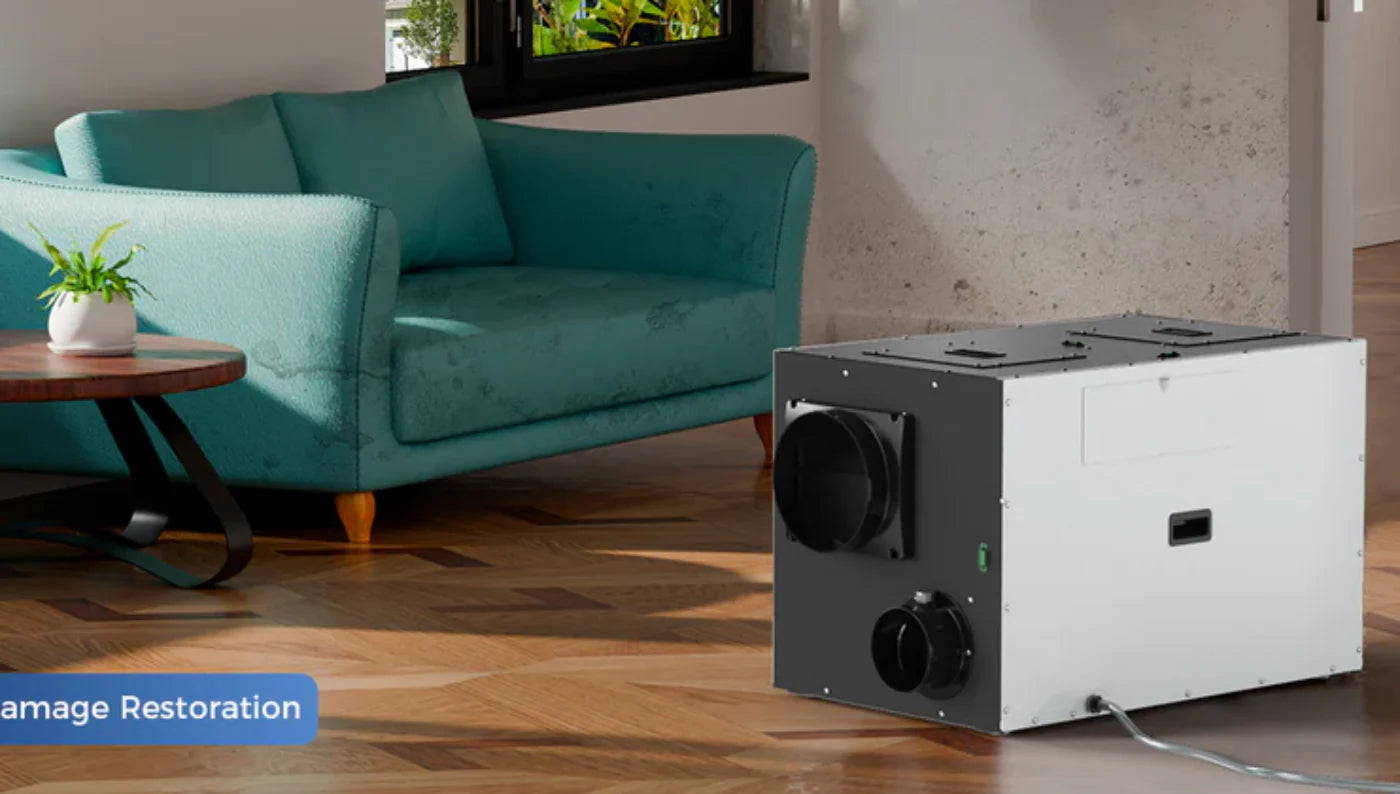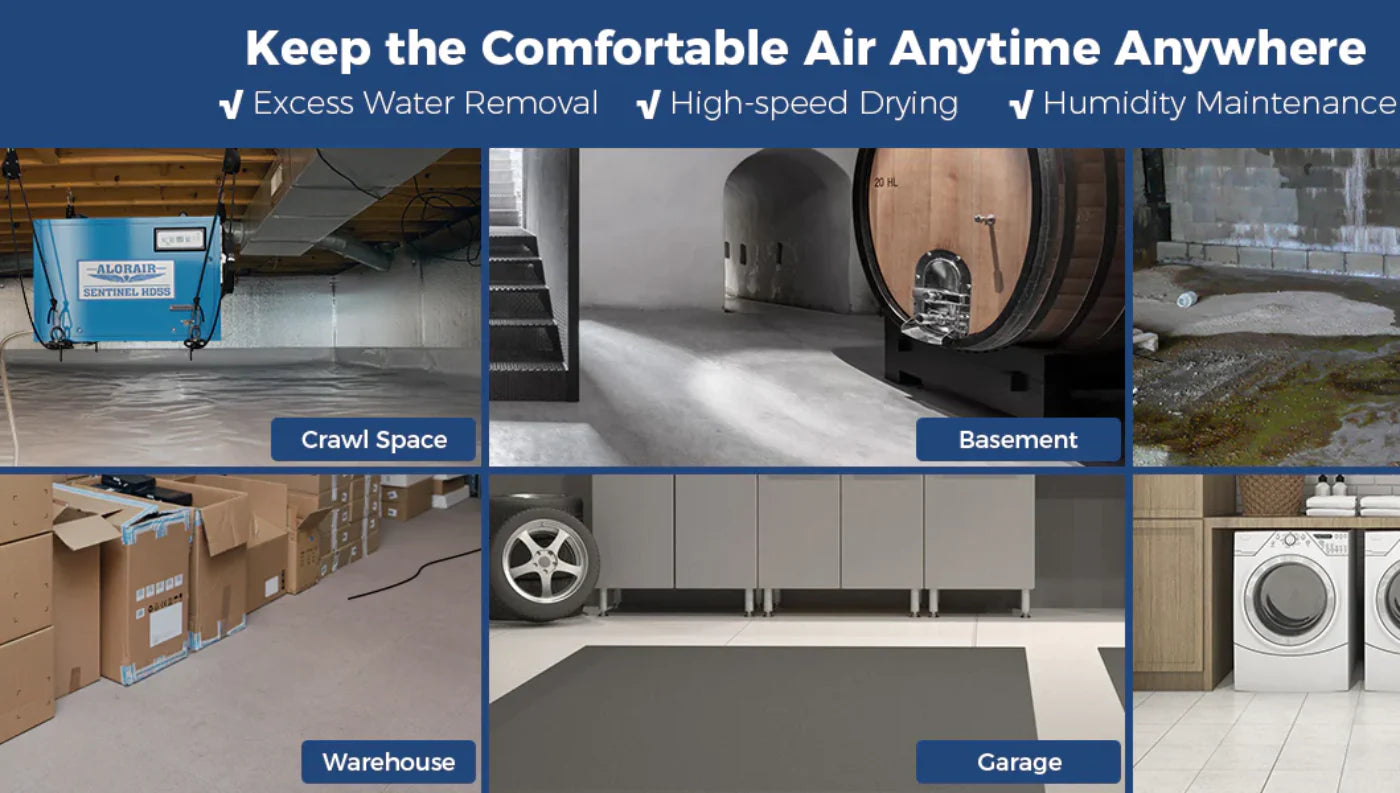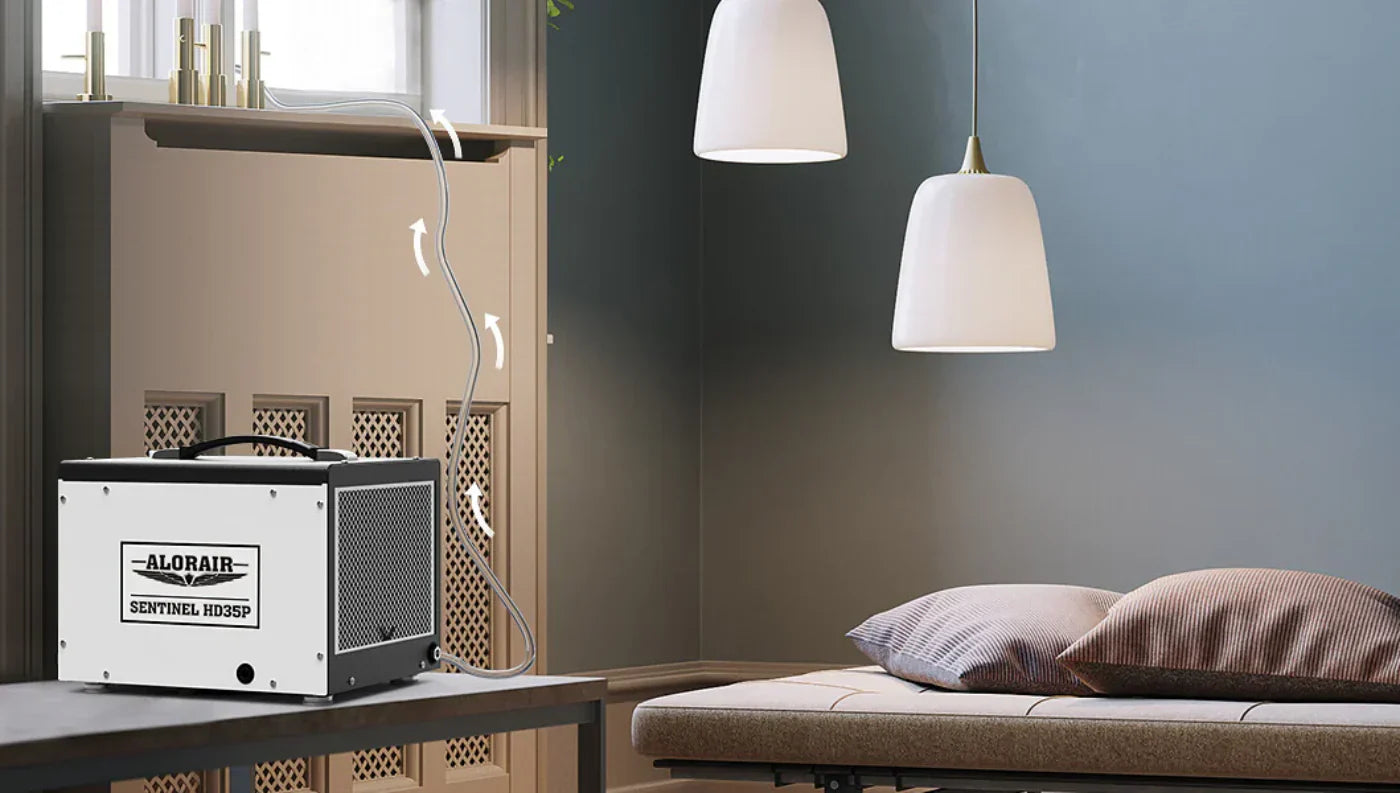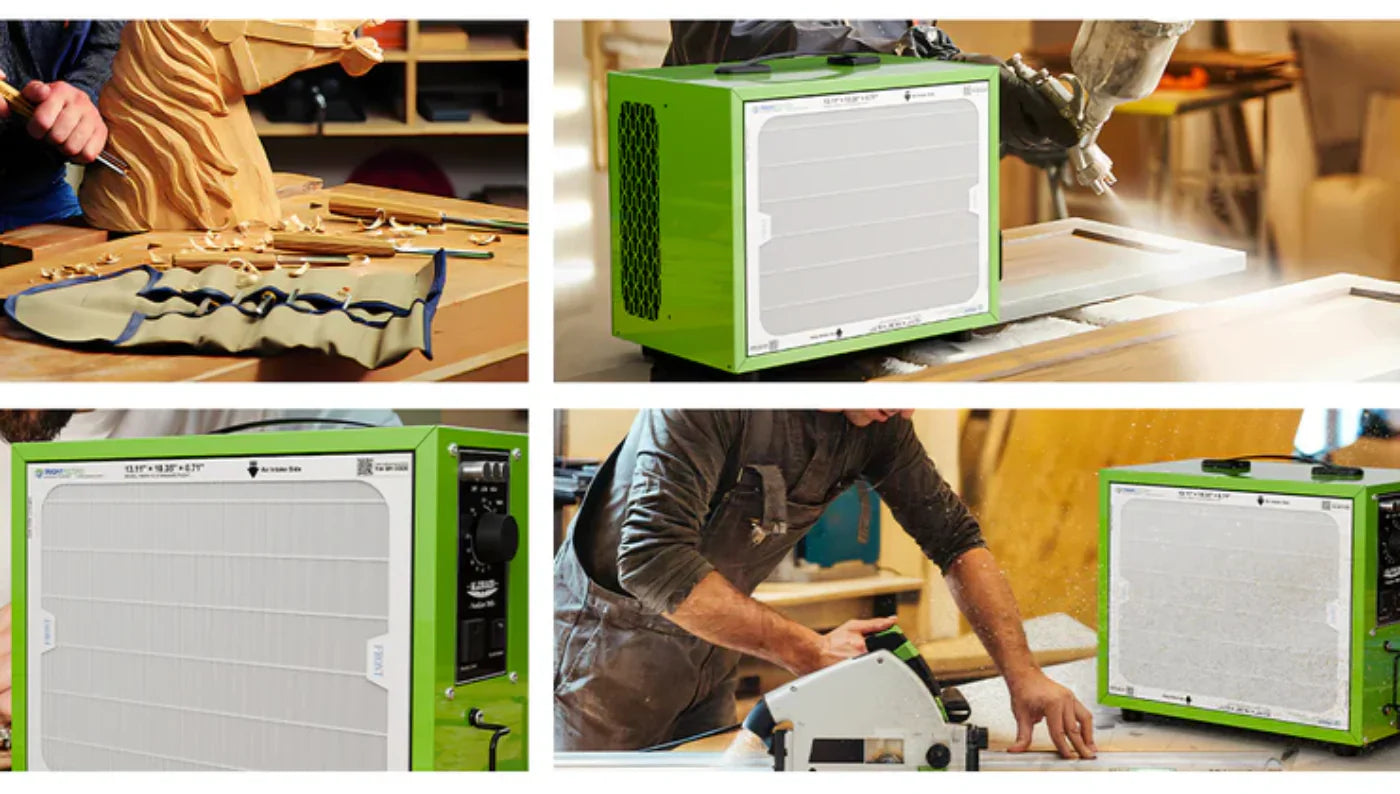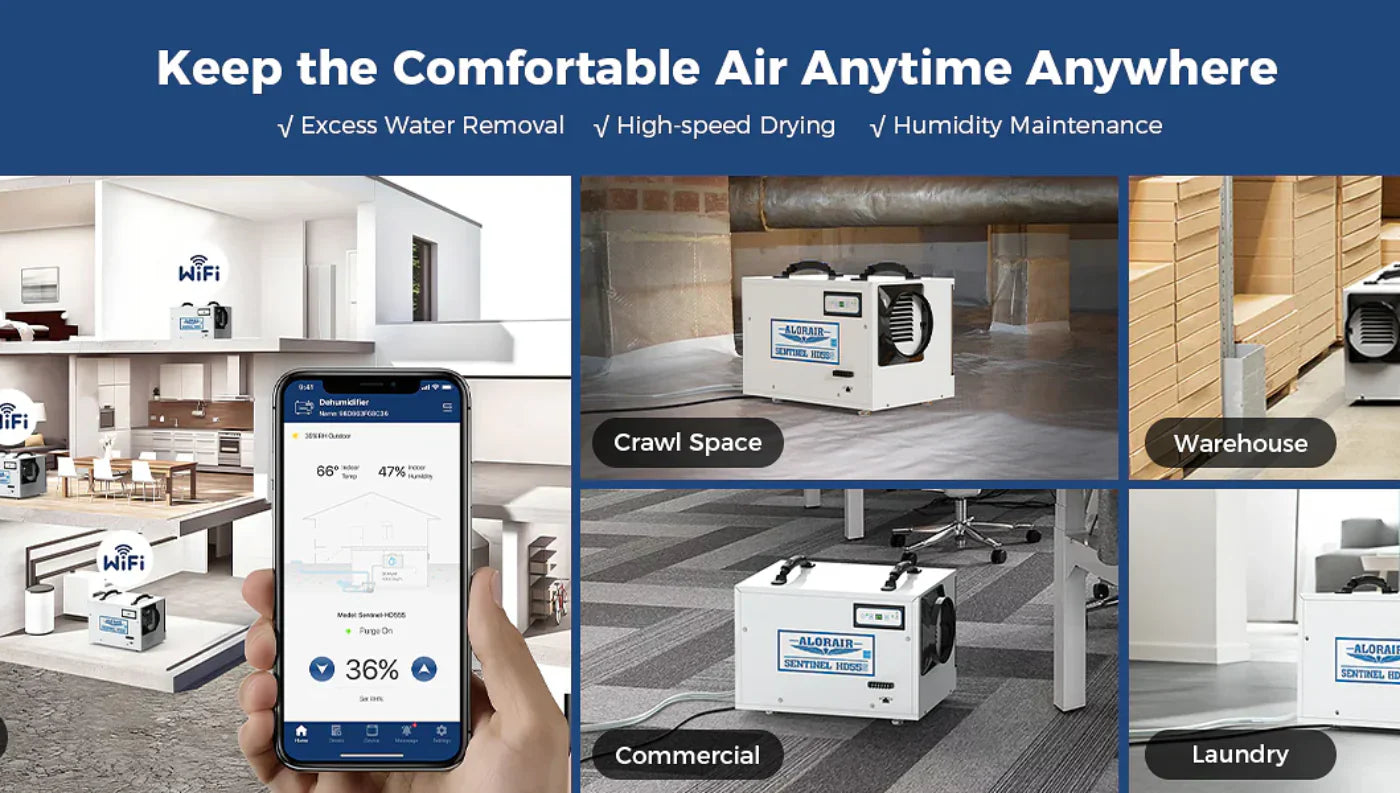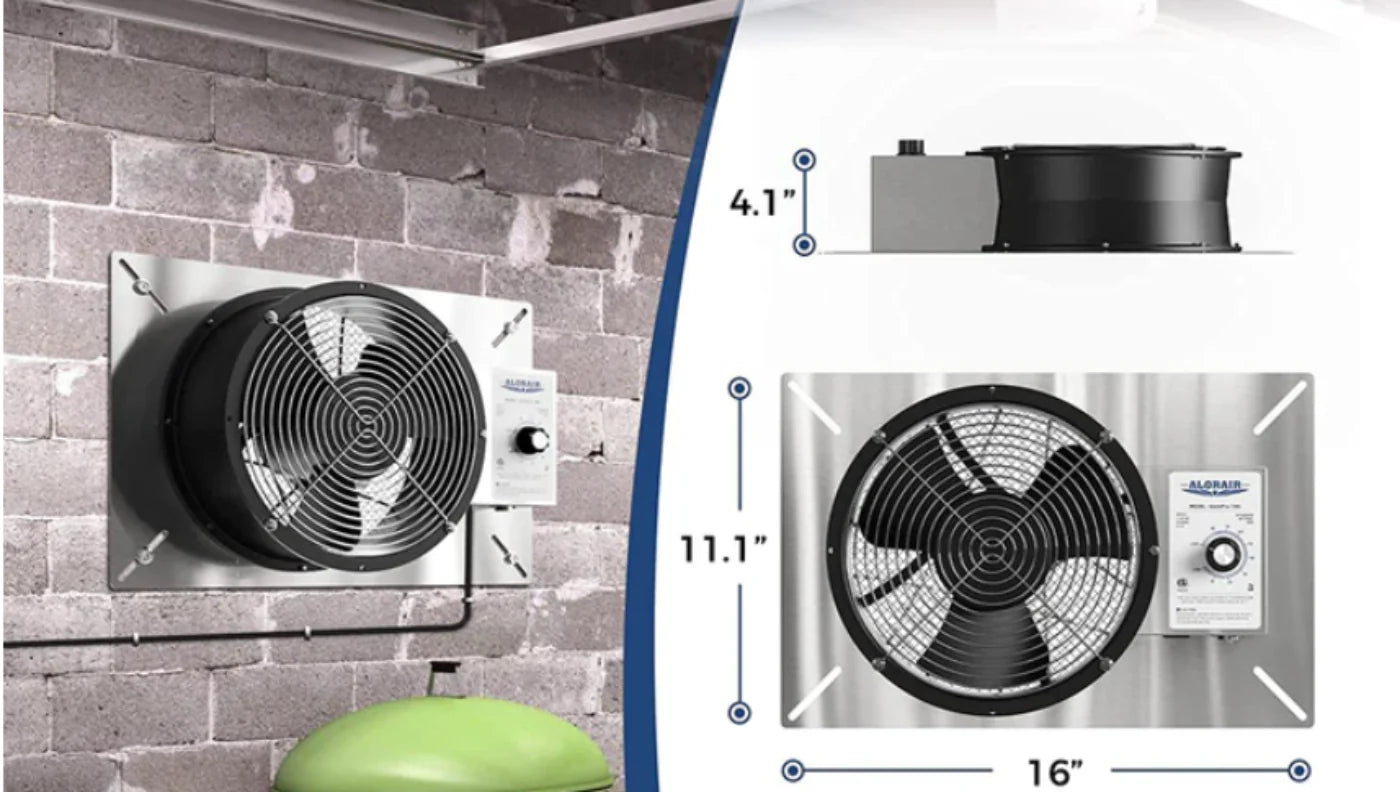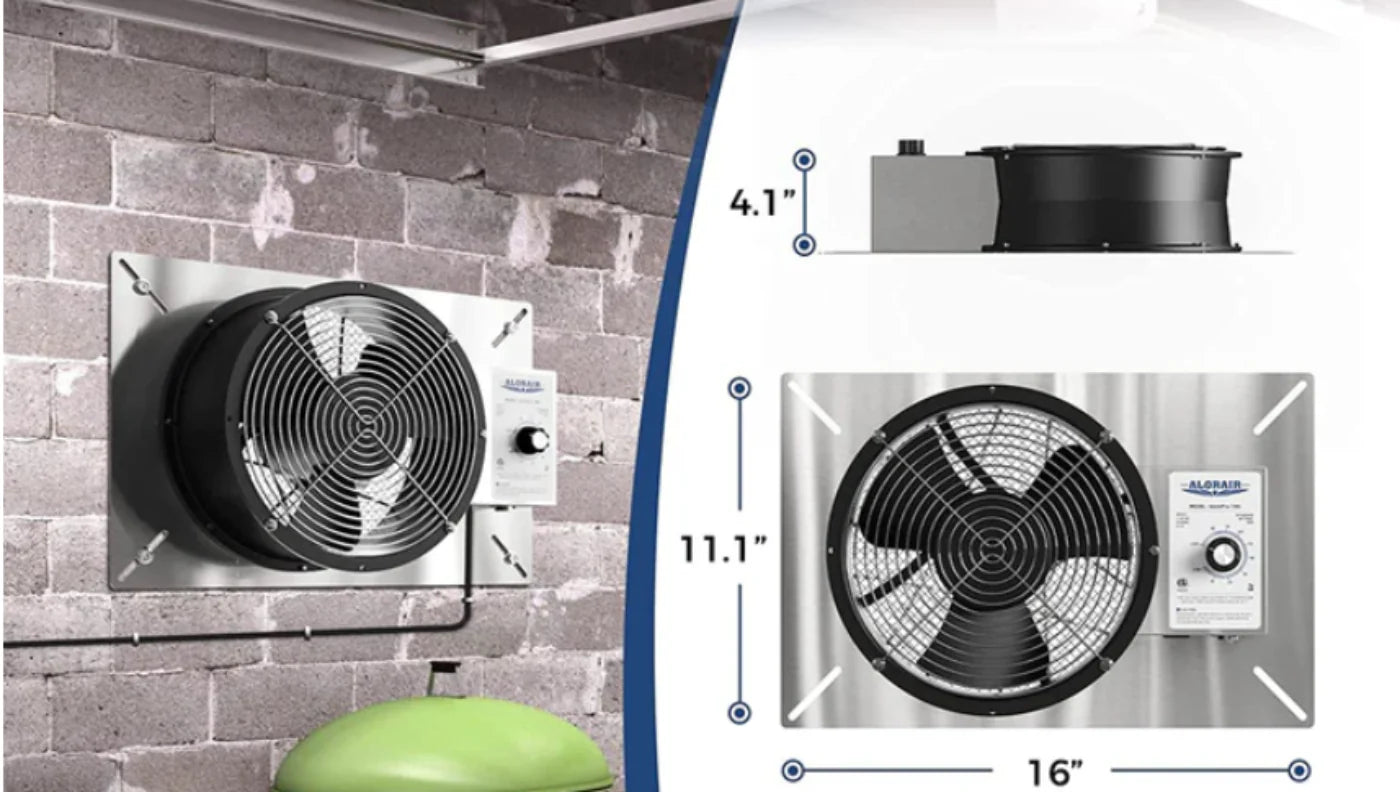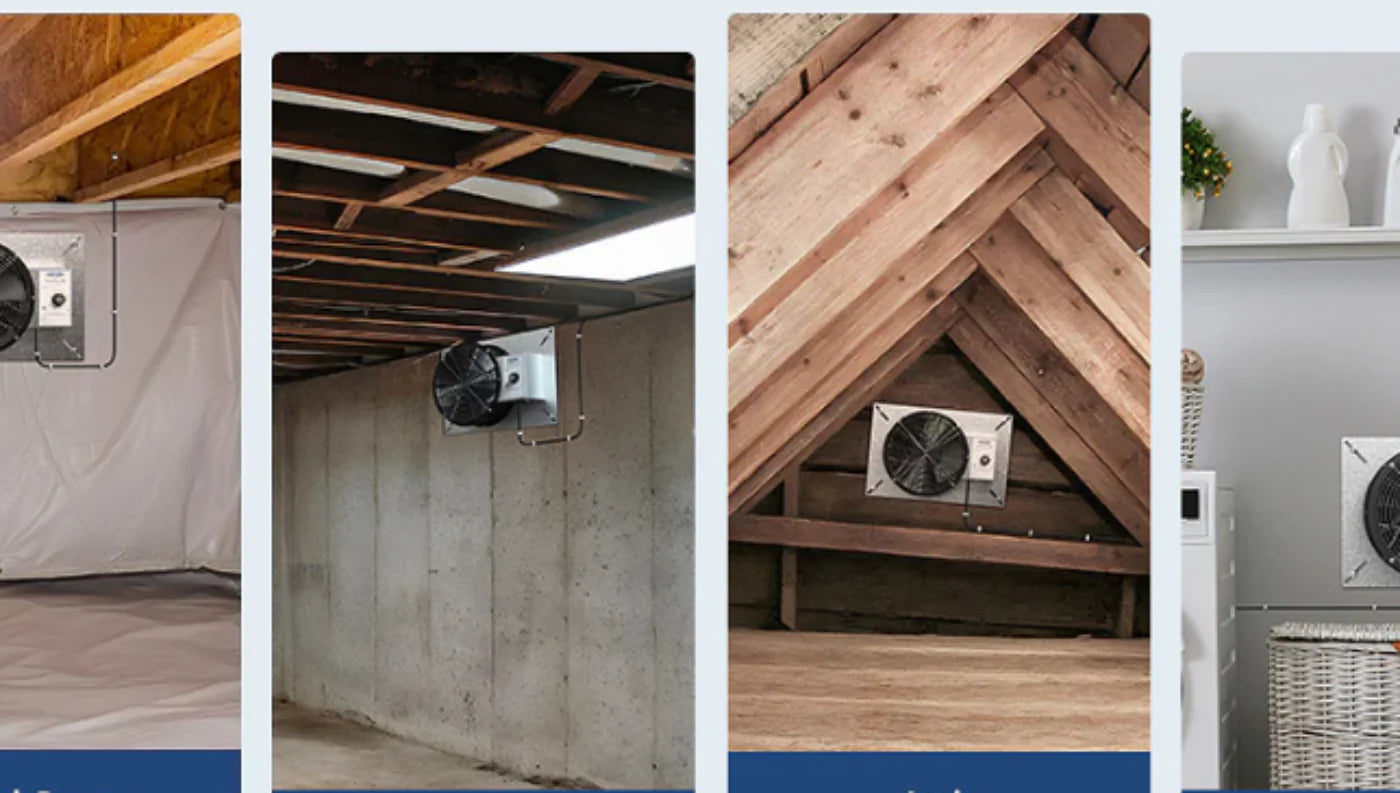Humidity is an invisible but powerful force in your home’s comfort and health. Excessive humidity can wreak havoc in your indoor environment, from musty smells and condensation on windows to allergy issues and mold growth. That’s why many homeowners turn to whole house dehumidifiers as an easy solution for controlling moisture throughout the whole house. But a common question arises: how long does it take for a whole-house dehumidifier to work?
This article provides a complete guide to response time, including key factors, tips, and troubleshooting strategies. Whether you’re just exploring your options or looking to optimize an existing setup, this guide will help you set the right expectations and make informed decisions.
What is Whole House Dehumidification

Whole-house dehumidifiers are devices designed to remove excess moisture from the air throughout every room in a home. In contrast with standalone dehumidifiers that work in a single room alone, these units are connected with your HVAC system or placed in specific areas such as attics or basements. These systems draw dozens of pints of water from the air daily and suit huge homes and high-humidity regions.
How It Works: A whole-house dehumidifier employs refrigeration to cool the air and condense moisture that collects in a reservoir or drains outdoors. The air is reheated and returned into the house through the ducts to create a stable and pleasant indoor environment.
What Is the Ideal Indoor Humidity Level?
The Environmental Protection Agency (EPA) suggests an optimum indoor humidity between 30% and 50%. A value of 60% should not be exceeded as it might cause condensation, the growth of unpleasant smells, and mold, but a value below 30% is known to dry the skin and destroy wood-made furniture.
How long does a whole house dehumidifier take to work?
The time it takes for a whole house dehumidifier to start showing results can vary depending on several factors, including the size of your home, the humidity level and the dehumidifier’s capacity. But generally:
1. Instant Results: Within a Few Hours
After installation and activation, most whole-house dehumidifiers start working right away. Within 3-6 hours, you’ll notice the air feels less humid or sticky and relative humidity will start to drop especially if the system is properly sized and maintained.
2. Complete Impact: 12–24 Hours
Reaching the desired humidity level (typically 45–55%) typically requires 12 to 24 hours. This is under ideal conditions average humidity, temperatures of 65°F (18°C) and up, and good air circulation.
3. High-Humidity Conditions: Several Days
In homes with extremely high humidity (above 70%) or if the home has construction moisture, poor insulation or many air leaks, the dehumidifier may take several days to reach and maintain ideal indoor conditions.
|
Condition |
Time to Notice Results |
|
Mild humidity (50–60%) |
6–12 hours |
|
Moderate humidity (60–70%) |
12–24 hours |
|
High humidity (above 70%) |
24–72 hours |
|
A very large or poorly ventilated home |
2–5 days |
Factors That Affect Dehumidification Time
Choosing the right central dehumidifier is an essential decision for homeowners fighting excessive indoor moisture. Knowing the most critical selection factors guarantees your investment's best performance and value.
1) Determine the Proper Size for Your Space
The scale and layout of your house matter. Greater spaces obviously take longer to dehumidify simply because more air needs to be treated. Open floor plans in a house tend to be particularly problematic because moist air circulates freely between rooms. This doubles the workload of a house divided into smaller spaces. Also, keep the ceiling height in mind. Taller ceilings mean more air volume, which can slow down the process.
2. Dehumidifier Capacity and Type
All dehumidifiers have a capacity rating for how much water they can extract daily, typically in pints per 24 hours. Ratings under ideal lab conditions mean that performance in the real world can differ. Whole-house units tied into your HVAC system work faster and more evenly than portable standalone units since they treat the whole house at once.
3. Internal Sources of Moisture
Daily routines like bathing, cooking, and breathing moisten the air. Materials used for construction such as wood and concrete might still dry and give off excess moisture if your house is a new building or a recently renovated one. The more sources of moisture there happen to be, the more work your dehumidifier must do, so eliminating them facilitates the process.
4. Indoor Temperature and Local Climate
Dehumidifiers perform optimally between 70°F and 90°F (21°C and 32°C). Below 65°F (18°C), efficiency is reduced. Cold air holds less moisture, and the unit’s coils can freeze in colder temps, slowing things down while the system defrosts. So performance may be slower if you’re running your unit in a cooler climate or basement.
5. Home Insulation and Air Leaks
Good insulation is not solely a matter of keeping warm. It keeps moisture out as well. Poorly insulated and leaky buildings admit outdoor moisture into the house, causing the dehumidifier to run more frequently. Sealing the openings around foundations, windows, and doors keeps the indoor environment more stable and enables the system to achieve your desired level of dryness quickly.
How to speed up dehumidification
Accelerating dehumidification requires strategic adjustments to both your home and the dehumidifier system itself. These practical steps can significantly reduce the time needed for whole house dehumidifiers to reach optimal humidity levels.
1) Seal windows and doors properly
Proper sealing keeps out outdoor moisture, helping your whole-home dehumidifier work more efficiently. Silicone-based sealants are ideal for exterior applications. Caulk works better for interior gaps. Weather stripping along movable parts of windows and doors effectively blocks air leaks.
Foam tape can fill larger gaps that weather stripping cannot address. Most importantly keep windows and doors closed during dehumidifier operation to concentrate efforts on existing indoor moisture rather than fighting against incoming humid air.
2) Close off unused rooms
Creating strategic “capture zones” throughout your home enhances dehumidification efficiency. By closing off infrequently used spaces, you direct the dehumidifier’s capacity towards areas that need it most.
This works especially well in homes with doorways, alcoves or other barriers that might otherwise prevent even drying. A central hallway is often ideal for focused moisture removal when targeting the whole house.
3) Use with HVAC system
Using your dehumidifier with existing HVAC ductwork provides whole house moisture control without needing separate distribution systems. A central dehumidifier connected to your home’s trunk line can deliver dehumidified air throughout the entire house at once.
For optimal performance install a backdraft damper on the dehumidifier’s outlet duct to prevent conditioned air from flowing back into the unit. Plus regular monitoring of humidity levels allows the systems to work together efficiently.
4) Place the unit in the right spot
Strategic placement maximizes airflow. To ensure proper airflow, place your dehumidifier at least one foot away from walls and furniture. Refrain from putting it near doors, windows, or air vents, as drafts can disrupt operation.
Never direct airflow from the dehumidifier straight into its own intake as this disrupts performance. For targeted moisture problems, place the unit close to the source.
5) Keep filters and coils clean
Regular maintenance ensures optimal performance. If you live in a dusty environment, replace your air filters every 3 months or more. Also, clean and inspect evaporator and condenser coils periodically to avoid dirt clogs that decrease efficiency.
Then check drainage systems to ensure collected water flows properly without blockages. These simple maintenance tasks can speed up dehumidification and extend equipment life.
Choosing the right full home dehumidifier
Choosing the right central dehumidifier is an important decision for the homeowner struggling with too much indoor humidity. Knowing the most important selection factors guarantees the best performance and value for your investment.
1) Determine the Right Size for Your Space
The most important thing to consider is how many square feet your house is. For a house that is less than 2,000 square feet, a dehumidifier that collects perhaps 30 pints of water per day should suffice. If your house is bigger, more than 2,000 square feet, you should get a more capable unit, something that extracts 40 pints or more per day.
Square footage is not the only consideration. You should consider how truly humid your house is. If your house is occasionally a little damp, it’s probably around 50–75% humidity. A good sign is if there is a musty odor or an occasional spot of dampness on the walls. But if rooms persistently feel damp, or you notice such clues as condensation or a growth of mold and mildew, your house is possibly a 75–90% humidity or even higher. The wetter the environment, the greater the capacity you'll need.
2) Smart Features and Energy Efficiency
Purchasing an ENERGY STAR® qualified product ensures that you’re getting a machine that dehumidifies without inflating your electricity bill. Dehumidifiers consume less energy as a design standard, possibly costing you more in the beginning but paying you back in the long run.
Smart features are a bonus. Many full-home dehumidifiers now offer Wi-Fi connectivity so you can monitor humidity levels and adjust settings from your phone wherever you are. Some models even let you set schedules or check real-time air quality changes.
3) Consider HVAC Integration
One of the best ways to maximize the efficiency of a full-home dehumidifier is to integrate it with your HVAC system. These units can be connected directly into your ductwork, usually in the attic or basement so they pull moisture from the air throughout the entire house, not just one room.
Unlike portable dehumidifiers that target only nearby air, whole-home systems control humidity throughout your house via the ventilation system. Plus, they reduce the load on your air conditioner which isn’t designed to handle high moisture levels.
Read Also: The 5 Best Whole House Dehumidifier 2025
When to see results and when to troubleshoot
Understanding performance expectations and recognizing potential issues helps homeowners get the most out of their whole house dehumidifiers. Knowing when to troubleshoot common problems can prevent costly repairs and maintain optimal indoor air quality.
What to expect in the first 24 hours
Once your central dehumidifier for the house is up and running, you’ll usually start seeing results within a few hours. In fact, in typical conditions (78°F and 68% humidity), most systems will pull about 13–14 liters of moisture from the air on the first day.
Most models will reach your set humidity level within 12 to 24 hours depending on the starting humidity level and size of your home. As the system runs you may notice it cycling on and off that’s normal and just means it’s doing its job. For best results keep the indoor temperature above 65°F. If it’s too cold the system may not work as efficiently and can even start to form frost on the coils.
Signs it’s not working properly
Several indicators mean your full home dehumidifier needs attention:
-
Continuous operation: If the unit runs constantly without reaching the set humidity level it may be undersized for your space or have a defective humidity sensor.
-
Unusual noises: Loud vibrations or rattling usually means loose fan motors, compressor mounting brackets or screws that need tightening.
-
Poor moisture removal: If the dehumidifier runs but humidity remains high check for clogged air filters, dirty coils or improper settings.
-
Leaking water: Water pooling around the unit is usually from drain hose issues including blockages or improper connections.
-
Frost formation: Ice on coils means operation in temperatures below 65°F or problems with the evaporator thermistor.
When to call a professional
Some issues require expert attention. Call a qualified HVAC technician if:
-
The dehumidifier won’t turn on despite confirming the outlet works and circuit breakers haven’t tripped.
-
You see electrical problems, including damaged power cords or burning odors during operation.
-
The unit keeps tripping circuit breakers or blowing fuses.
-
Ice continues to form on coils despite operating in the right temperature range.
Getting a pro to look can prevent small problems from becoming big repairs. It also helps your dehumidifier last longer and perform better over time.
Tips to Maximize Your Dehumidifier’s Effectiveness
Here are some tips to help you get the most out of your dehumidifier and maintain a healthier more comfortable indoor environment:
-
Set the Right RH Level: Aim for 40% to 50% RH for comfort and mold prevention.
-
Seal the Home: Use weather stripping and seal cracks to prevent humid air from entering especially in older homes.
-
Fix Leaks and Drainage Issues: Water leaks in basements, attics or walls can overwhelm the dehumidifier. Fix these first.
-
Use Exhaust Fans: Turn on fans when showering or cooking to limit added moisture.
-
Clean Filters and Coils Regularly: Dirty filters reduce airflow and efficiency.
-
Keep Vents Clear: Make sure all supply and return vents are unobstructed for proper air flow.
Conclusion
So, how long does it take for a whole house dehumidifier to work? The short answer is you’ll see results within hours. But full stabilization can take 24 hours or longer, depending on multiple home and environmental factors. By understanding what affects performance, maintaining your system, and choosing the right equipment, you can have a healthier, more comfortable home all year round.
In high-humidity areas, a full-home dehumidifier isn’t just a comfort upgrade. It’s a practical, health-conscious investment. Brands like Aloraircrawlspace offer top-of-the-line solutions for maximum efficiency and comfort. So, if you’re serious about indoor air quality, the time to invest in a whole-house dehumidifier is now.




